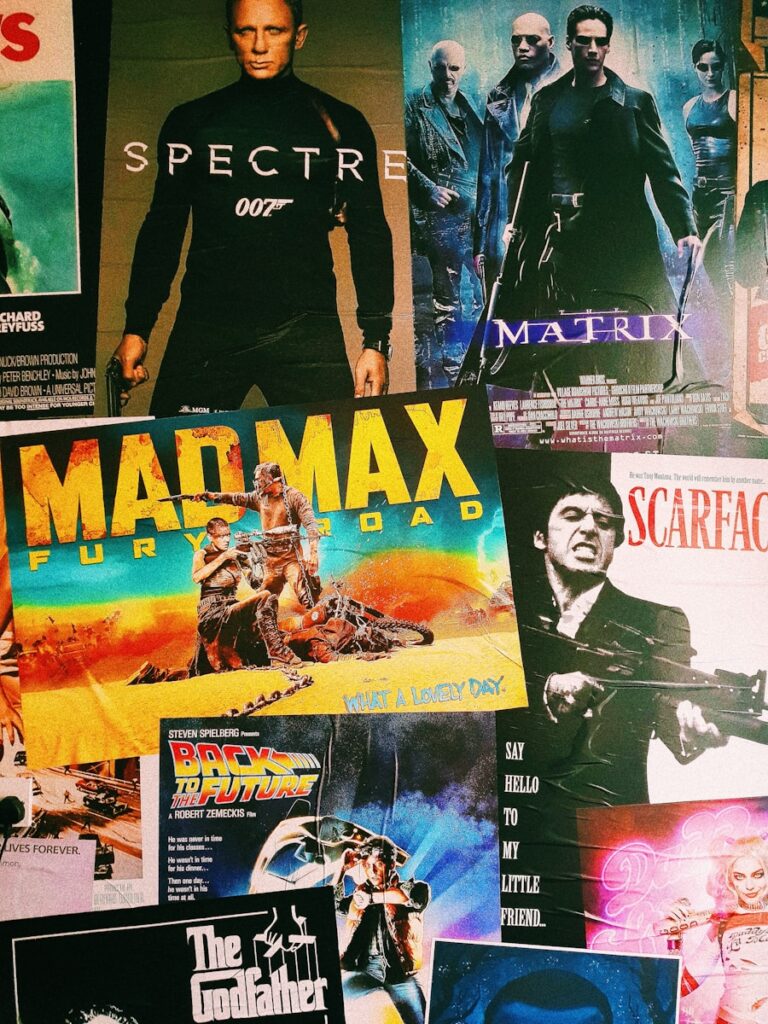
Ever been watching a movie, totally engrossed in the story, when suddenly something tiny, something you almost missed, just… hits you? It’s not a big explosion or a dramatic monologue. It’s that subtle detail, that quiet moment, that flicker of an unscripted emotion that pulls you out of the meticulously crafted world of the film, only to yank you right back in with a deeper understanding than before. These aren’t just plot points; they’re the cinematic secrets whispered between frames.
Movies, by their very nature, love a good distraction. They guide your eyes to the action, the dialogue, the grand spectacle. But the true magic often plays out quietly in the corner, a subtle whisper that speaks louder than any dialogue ever could. These are the moments that reveal unspoken truths, hint at character depths, or foreshadow future events with a precision that’s almost eerie once you notice it. They’re breadcrumbs of brilliance laid by masterful filmmakers, daring you to pay closer attention.
We’re diving deep into some of the most captivating instances where the camera kept rolling, but the characters weren’t just characters anymore. We’re talking about genuine moments that resonate with raw humanity or clever directorial sleights of hand that make the film’s world feel more real, more complex, and utterly unforgettable. Get ready to have your mind blown by the brilliance hidden in plain sight, because once you see these, you’ll never watch these films the same way again.
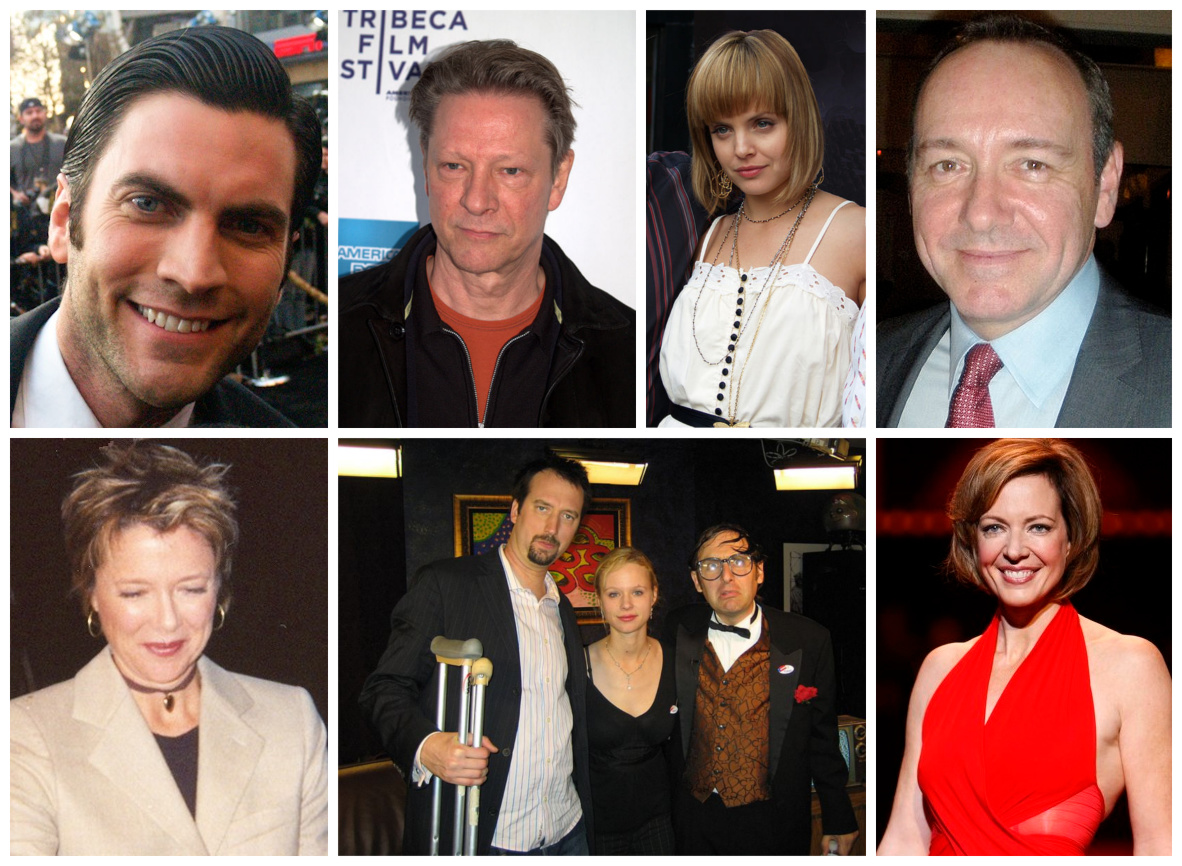
1. **The Plastic Bag In American Beauty**: Let’s kick things off with one of cinema’s most iconic pieces of floating debris: the plastic bag in *American Beauty*. Seriously, who would’ve thought a mundane piece of trash caught in the wind could become such a profound cinematic symbol? But that’s exactly what Sam Mendes accomplished, transforming a simple, everyday object into a visual poem about finding beauty in the most unexpected places.
Ricky, the film’s deeply observant outsider, is utterly captivated by its ethereal dance. For him, “that scrap of plastic becomes a symbol of overlooked beauty in a numbed, superficial world.” It’s a moment that takes you out of the film’s suburban drama and into a headspace where you, too, start looking at the ordinary with new eyes. You’re no longer just watching Ricky; you’re seeing the world through his lens, feeling his suppressed wonder.
This wasn’t just pretty cinematography; it was a deliberate choice by Mendes “to echo the film’s deeper emotional undercurrent.” The plastic bag’s aimless but graceful movement perfectly mirrors the characters’ own search for meaning and freedom in lives often constrained by societal expectations and personal dissatisfaction. It’s a quiet rebellion, a visual counterpoint to the sterile perfection of suburban life, reminding us that even in a seemingly numb world, wonder exists if you’re willing to see it.
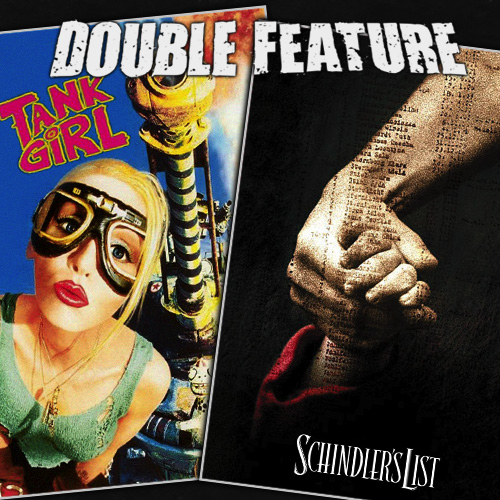
2. **The Color Red In Schindler’s List**: Next up, we have a moment that uses a single, vibrant color to scream volumes in a world deliberately drained of hue: the girl in the red coat from *Schindler’s List*. In a film shot almost entirely in stark black-and-white, her presence is not just noticeable; it’s a gut punch, making her “impossible to ignore.” This isn’t just a stylistic choice; it’s a profound narrative device that cuts straight to the heart.
Steven Spielberg masterfully employed this lone splash of color “to shake the viewer’s detachment.” As we watch the horrors of the Holocaust unfold, the little girl becomes a beacon, “isolat[ing] innocence within mass violence.” She’s not just a character; she’s a symbol, a stark reminder of the individual lives caught in the machinery of genocide, forcing us to confront the humanity within the statistics.
The impact is amplified when “later, her body reappears, unspoken but unforgettable.” This silent reappearance, devoid of any dialogue, serves as “likely a moral turning point for Schindler and the audience.” It transforms the abstract horror into a painfully concrete reality, making you gasp and feel a profound sense of loss. It’s a moment that rips through the screen and stays with you, a chilling testament to the power of a single, strategically placed color.
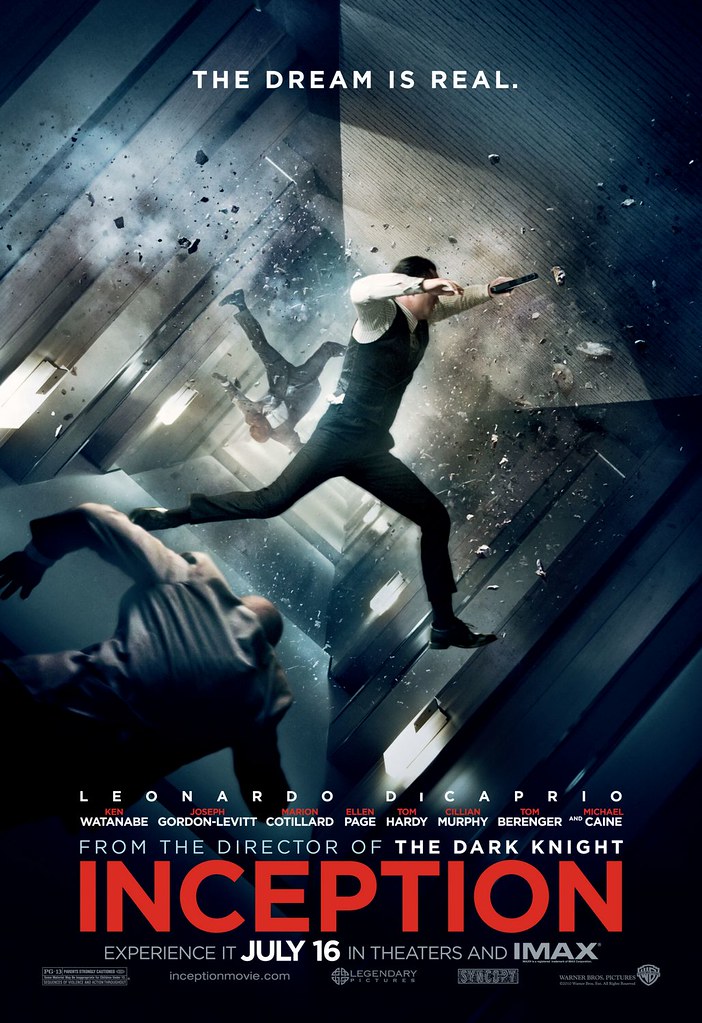
3. **The Spinning Top In Inception**: Alright, let’s talk about a mind-bending moment that still has cinephiles debating years later: the spinning top in *Inception*. This tiny, unassuming toy isn’t just a prop; it’s Cobb’s totem, his personal “test of reality.” Its perpetual spin signifies he’s trapped in a dream, while a decisive topple means he’s finally awake and grounded in the real world. It’s a brilliant, simple mechanism for distinguishing layers of consciousness.
The genius of Christopher Nolan’s ending, however, lies in its ambiguity. The top is still turning as Cobb walks away, leaving us — and perhaps even him — without a definitive answer. This isn’t a plot hole; it’s a deliberate artistic choice. Nolan “designed that moment to reflect Cobb’s choice: to stop chasing truth and live in peace.” It’s a powerful statement about the human need for certainty versus the desire for emotional closure.
When you watch Cobb turn his back on the top, choosing his children over the endless pursuit of an objective truth, the scene becomes deeply personal. The “answer becomes irrelevant” not just for Cobb, but for the audience as well. We’re reminded that sometimes, the peace we seek isn’t found in definitive answers, but in accepting and embracing the reality we choose to believe in. It’s a moment that forces introspection, blurring the lines between what’s real and what we want to be real.
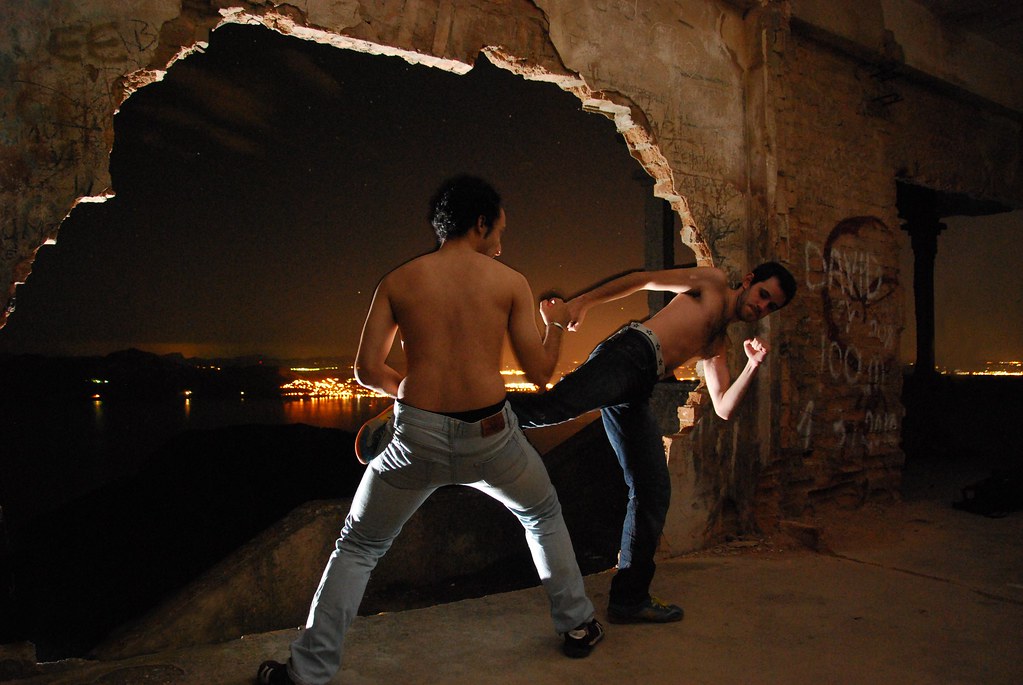
4. **Tyler’s Appearances Before The Reveal In Fight Club**: Prepare for a truly unsettling revelation with our next entry: Tyler Durden’s blink-and-you’ll-miss-it appearances before his big reveal in *Fight Club*. David Fincher, a master of psychological thrillers, didn’t just drop a twist on us; he meticulously wove it into the very fabric of the film, “flashing for frames, walking past, or standing in shadows” long before we consciously acknowledge his presence.
These fleeting glimpses aren’t just easter eggs for eagle-eyed viewers; they are crucial narrative elements. “These visual hints reflect the narrator’s fragmented mind,” subtly preparing us for the shocking truth about his alternate persona. Fincher wasn’t just making a movie; he was playing a game with the audience, “embedd[ing] them as breadcrumbs, daring you to notice.”
The brilliance is in how, “once you spot them, the twist clicks into place with eerie precision.” It’s a moment that makes you want to immediately rewatch the entire film, dissecting every frame, marveling at the sheer genius of the foreshadowing. This pre-reveal presence of Tyler Durden makes the eventual twist not just a surprise, but a deeply satisfying and chilling unraveling of the narrator’s deteriorating mental state, proving that sometimes, the most impactful character isn’t who you think it is.
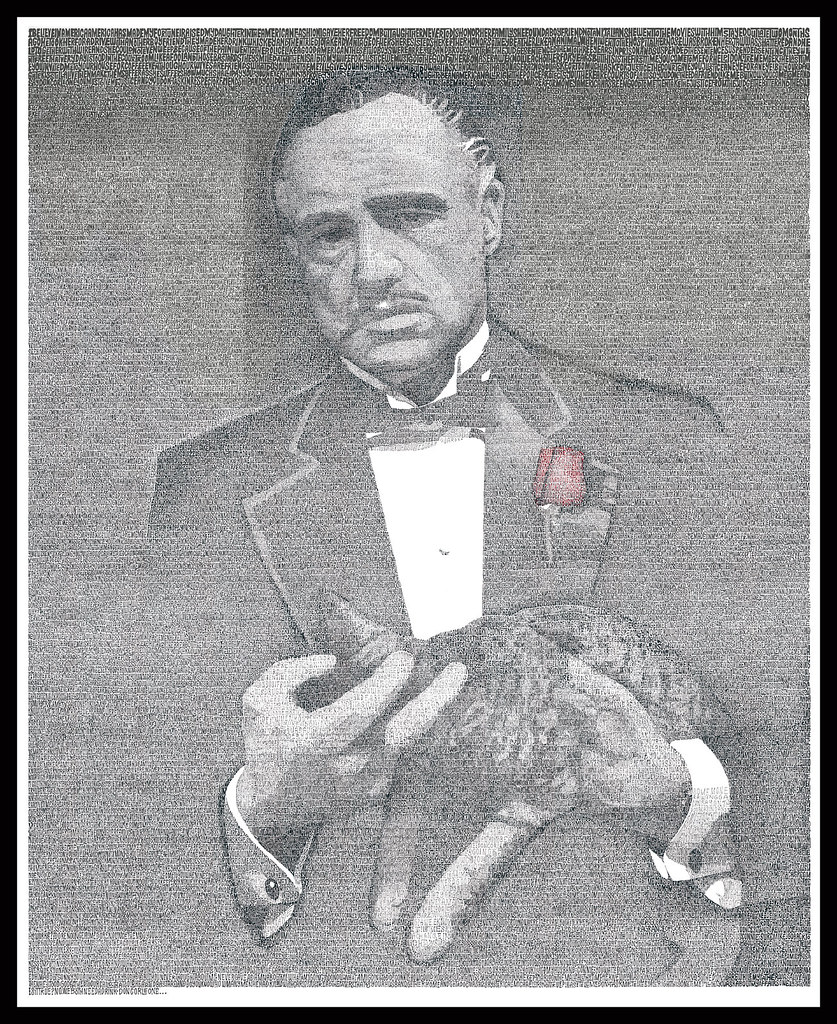
5. **The Orange Lighting In The Godfather**: When you think of *The Godfather*, you probably think of iconic lines, intense drama, and powerful family dynamics. But what about oranges? Yes, those citrusy fruits you probably have in your kitchen for “vitamin C.” In Francis Ford Coppola’s masterpiece, these seemingly innocent spheres take on a chilling, almost supernatural significance, becoming “quiet signals that danger is near.” It’s a brilliant piece of visual shorthand that ramps up the tension without a single word.
Consider the terrifying sequence where Vito Corleone, the formidable Don, is seen buying oranges just moments “before getting shot.” This isn’t just a casual errand; it’s a meticulously placed omen, a visual premonition that something terrible is about to befall him. The mundane act of purchasing fruit becomes infused with a sense of dread, forcing you to lean forward, knowing that the calm before the storm is about to break.
The symbolism continues to build throughout the film, haunting every appearance of the fruit. Later, in one of the film’s most poignant and tragic moments, the oranges “roll from his hands as he collapses in the garden,” a final, heartbreaking echo of their ominous presence. Coppola’s use of oranges is a masterclass in subtle foreshadowing, transforming a common fruit into a silent harbinger of death, making you re-evaluate every scene where they appear and solidifying their place in cinematic lore.
Alright, if you thought the first batch of cinematic revelations was mind-blowing, buckle up, because we’re diving even deeper into the unexpected brilliance that filmmakers sneak into our favorite movies. These are the moments where a seemingly random object, a fleeting gesture, or a subtle visual trick completely redefines a character or pivots an entire storyline, leaving an indelible mark long after the credits roll. Get ready to have your perceptions challenged and your movie-watching habits forever changed, because once you see these, there’s no going back!
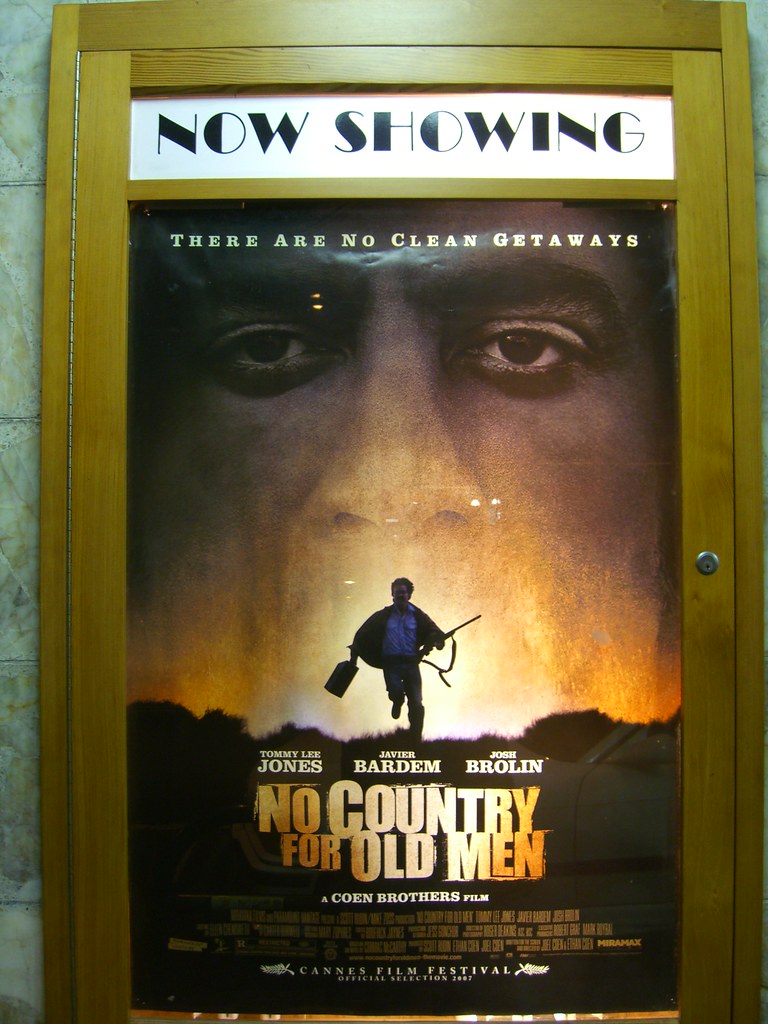
6. **The Coin Tosses In No Country For Old Men**: Let’s talk about Anton Chigurh, the villain from *No Country for Old Men*, who makes even a simple coin toss the stuff of nightmares. Forget random chance; for Chigurh, a coin toss is a chilling ritual that blurs the lines between fate and cold-blooded murder. He doesn’t just kill; he offers a twisted game, inviting his victims to play for their lives against the flip of a quarter. It’s not about luck; it’s about a terrifying, pre-ordained inevitability.
This unsettling method isn’t just for show; it’s a profound psychological defense. By placing life-or-death choices on a mundane object like a quarter, Chigurh masterfully “distances himself from guilt.” He’s not the one deciding; fate, or the coin, is. This allows him to enact unspeakable violence with an unnerving calm, shifting the moral burden away from himself and onto an arbitrary, unfeeling object. It’s a truly chilling way to rationalize pure evil.
The disturbing brilliance of these coin tosses lies in the “terrifying logic” they reveal. Evil, as the film suggests, “doesn’t always look like chaos.” Sometimes, it’s meticulously calculated, disguised by an eerie veneer of civility and “wears manners.” Chigurh’s methodical approach, his calm demeanor, and his seemingly logical reliance on the coin make his acts even more horrifying, proving that the most dangerous villains are often the ones who believe they’re operating within their own twisted sense of order. It’s a detail that makes every encounter with him intensely unnerving.
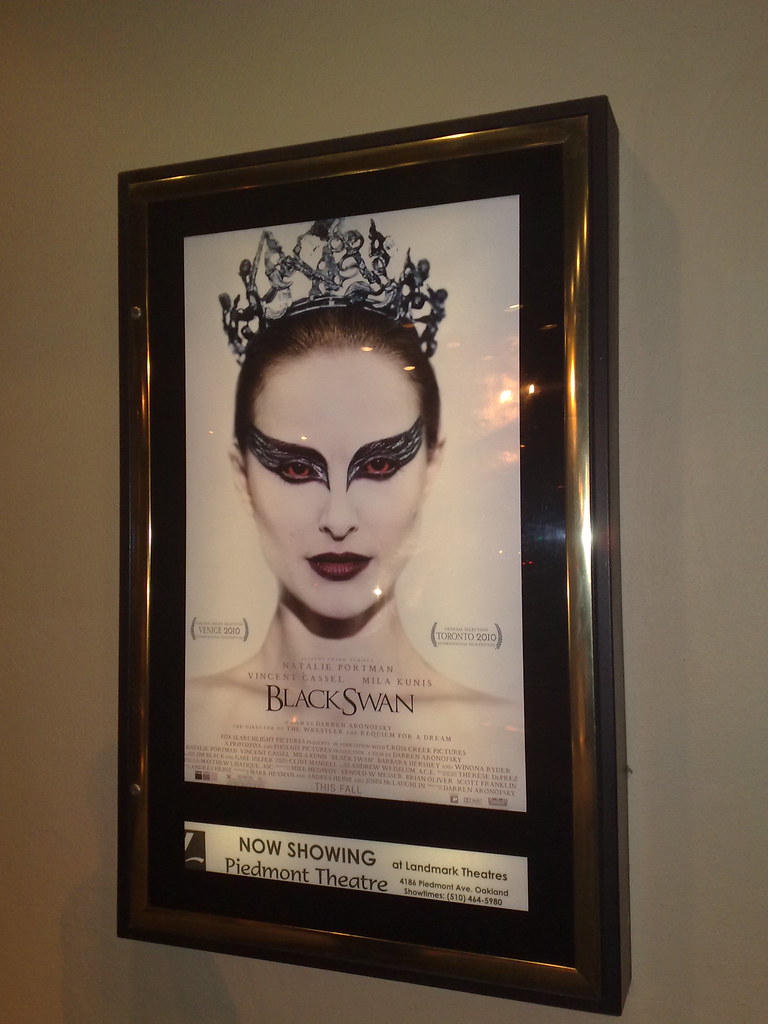
7. **The Dead Bird In Black Swan**: Darren Aronofsky’s *Black Swan* is a descent into madness, and few moments encapsulate Nina’s unraveling quite like her bizarre encounter with a dead bird. One minute, she’s pushing herself to the limits in ballet rehearsal; the next, she’s found cradling a lifeless avian creature. It’s undeniably strange, a moment that jolts you, but it’s also “symbolic too,” a chilling visual metaphor for the psychological toll her pursuit of perfection is taking.
The lifeless bird directly “reflects her crumbling sanity and morphing identity” as she prepares for the dual role of the White and Black Swan. The bird, once capable of flight and freedom, is now still and broken, much like Nina’s own psyche is being fragmented and destroyed by the immense pressure and her own obsessive tendencies. It’s a visceral representation of the death of her innocence and the horrifying transformation she is undergoing, both physically and mentally.
Aronofsky, a master of unsettling visuals, “placed it carefully as a signal that her transformation had already taken hold.” This wasn’t a random, throwaway scene; it was a deliberate, dark omen. The dead bird serves as an early, unsettling warning sign that Nina’s internal world is collapsing, and her metamorphosis into the Black Swan is consuming her in ways she can’t control. It’s a moment that leaves you profoundly disturbed, highlighting the intense psychological horror at the film’s core.
And there you have it, folks! From a chilling coin toss to a pair of gleaming shoes, these cinematic secrets prove that the real magic often hides in plain sight. These are the details that don’t just tell a story; they *become* the story, pulling you out of the meticulously crafted world for a moment of genuine recognition, only to yank you right back in with a richer, deeper understanding. So next time you’re curled up with a bucket of popcorn, remember to keep your eyes peeled for those quiet whispers between the frames. You never know what profound insights you might uncover that will forever change the way you see a film. Happy watching!



